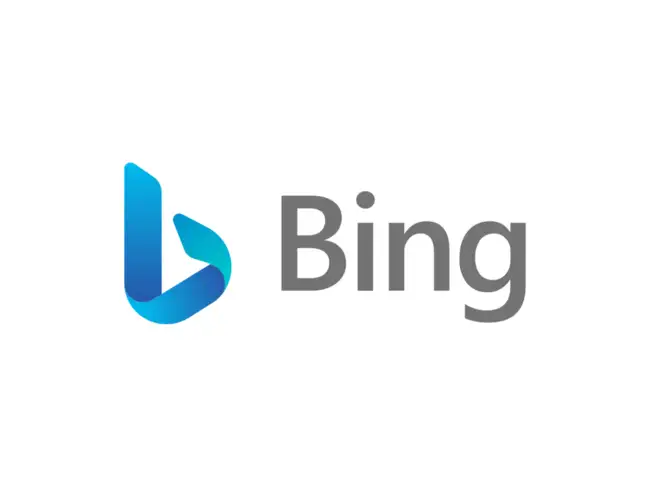Google, Yandex, Bing, and Baidu are the world’s major search engines that are used globally. Taking a look at the technical components of each of these search engines helps to compare which of these four search engines performs the best.
Technical Review of Major Search Engines includes certain categories for proper technical comparison.
Categories for technical comparison:
- Device indexing
- Backlinks as a ranking signal
- Social Media as a ranking signal
Device Indexing means the process of a search engine to analyze, understand, and store information from web pages into a database, which is called ‘index’ and is a massive and organized database. This is what helps a search engine to retrieve and rank relevant pages once a query is submitted by the user.
Backlinks refer to the clickable links that are present on one website to take the user to a page or another website. It is also known as an inbound link.
Search engines do value social media likes, comments, shares, and followers, as they do cause higher content rankings and also boost content visibility and hence form a category for technical comparison.
Technical Review Of Major Search Engines :
Google (Launched in 1998)

Google is undoubtedly the world’s most widely trusted and used search engine. It has the largest search volume and is heavily focused on SEO (Search Engine Optimisation)
Mobile First Indexing is something that Google is moving towards to rank pages of a site’s content on its mobile version.
According to empirical data, Google is more concerned with the quality of the backlinks and not the quantity of backlinks.
Due to difficulties in understanding social identities, Google does not usually use Social Media as a ranking factor, as it tends to steer clear of using any sort of incomplete or misleading data.
Bing (2009)

Bing was launched in 2009 and is owned by Microsoft, and ranked second in terms of the largest search volume worldwide.
Bing’s Head of Evangelism for Search at Microsoft had stated that Bing has no plans to roll out a mobile-first index like Google.
With Bing, like Google, quality backlinks are key. Bing’s webmaster guidelines stated that – “The fact is Bing wants to see quality links pointing at your website. Often, even a few quality inbound links from trusted websites are enough to help boost your rankings. Just as it is with content, when it comes to links, quality matters most.”
Social media as a part of ranking has been embraced by Bing as part of its algorithms.
Yandex

Yandex is the most widely used search engine in Russia, and it is also the largest tech company in Russia.
It supports a mobile-friendly indexing, but adopted mobile-first indexing much later than Google.
Like Google and Bing, Yandex also focuses on relevant links from authoritative sources; however, they are still not the only factor that is a decisive factor in ranking. Yandex continues to place heavy emphasis on content relevant and metrics like CTR (click-through rates).
Social Media does appear to be a metric that helps derive some rankings, according to anecdotal reports.
Baidu

Baidu is widely used in China as the most popular search engine, and according to Alexa 500, it is the most dominant search engine that exists there.
The results that are displayed using Baidu are substantially based on whether a page is mobile-friendly. Transcoding is used by Baidu to convert non-mobile-friendly web pages into Baidu-generated mobile-friendly pages.
With respect to Backlinks, Baidu prioritises the links from websites based in China as compared to the other foreign sites, and it lags in detecting spam links.
Though it does not currently use social media as a factor for its ranking algorithms. A strong link between the active social media accounts and the sites that are ranking prominently has been seen.
In conclusion, these four search engines offer their unique search capabilities, and though they differ in their technical approaches when it comes to indexing, backlink quality and social media integration, ultimately these search engines tend to the needs of their primary users.
ALSO READ: Super Apps Explained: The Future Of Mobile In One Platform


















